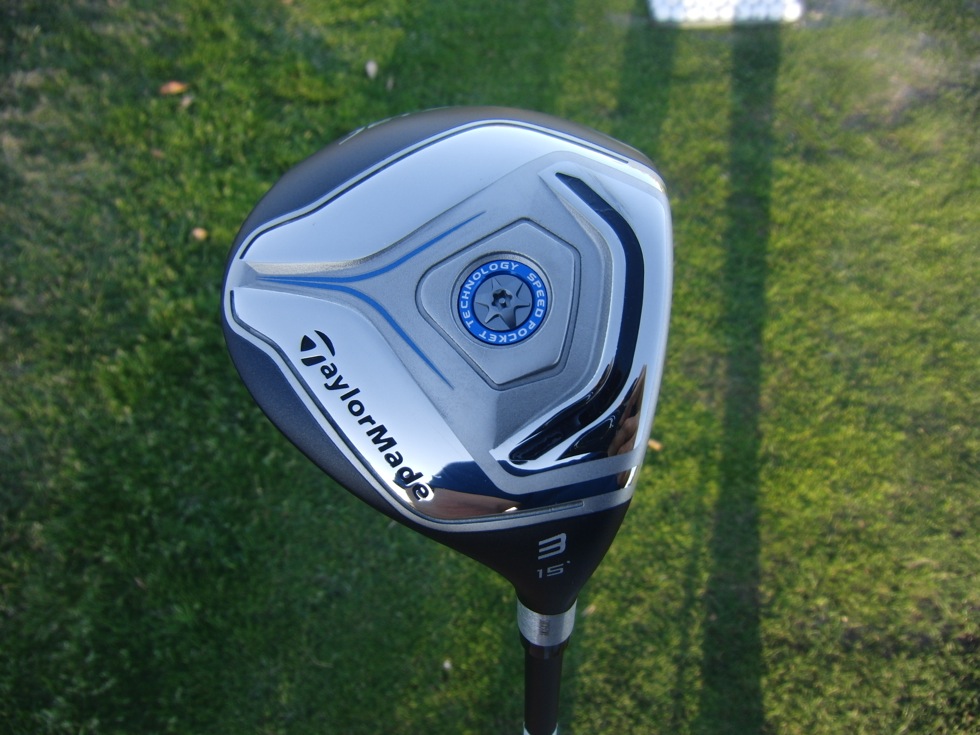 After several years of the RocketBallz woods occupying TaylorMade’s consumer-oriented lineup, TM released the JetSpeed line late in 2013. Eschewing much of the look behind the RBZ woods (white crown on black face, bold graphics) and building upon the recent hype of their own SpeedPocket technology, the JetSpeed is somewhat of a tuned-down design.
After several years of the RocketBallz woods occupying TaylorMade’s consumer-oriented lineup, TM released the JetSpeed line late in 2013. Eschewing much of the look behind the RBZ woods (white crown on black face, bold graphics) and building upon the recent hype of their own SpeedPocket technology, the JetSpeed is somewhat of a tuned-down design.
There’s no promise of a dozen extra yards here, despite what you might expect from TaylorMade. The JetSpeed isn’t adjustable in any way, and there’s no tour-level option. You won’t find #JetSpeed trending any time soon.
And yet, it’s earned a spot in my bag. Keep reading to find out why.
Design and Technology
The big change that TaylorMade is introducing with the SLDR and JetSpeed is the refined Speed Pocket. They’ve made it much thinner, moved it farther away from the clubface, and filled it in with polymer. TM has also angled the sides towards the interior of the clubhead.
TaylorMade also says that they’ve moved the COG lower (in part thanks to a more shallow face) and more forward. The reason for the lower COG is obvious, and common among most club manufacturers. A lower COG means that shots struck on the center act like they have been contacted high on the face, which increases the launch angle and lowers spin. TM says the reasoning behind the forward COG is that it reduces spin.
TaylorMade touted the RocketBallz Stage Two last year as having a face made of “RocketSteel,” designed in concert with metal manufacturer Carpenter. This year they’ve upgraded to “JetSteel,” though the fact that TaylorMade’s website bears no mention of Carpenter makes me wonder how much of that is just marketing.
One strange side effect I noticed was that the JetSpeed face has a very deep horizontal brushed metal grain. I’m not sure if it was designed to be that way or it that’s just how the manufacturing worked out. Especially in the winter, I tend to play most of my golf at the driving range rather than the course, which requires rolling the ball to where I want to hit from. The extremely deep grain acts very “sticky” when the club is used in this manner, which makes is borderline impossible to roll golf balls. That might not be a bad thing if you’ve got to keep a close eye on a disingenuous playing partner, but for the rest of us it’s just plain annoying.
Esthetics
As I mentioned earlier, the JetSpeed is a radical change from the RocketBallz series in terms of looks. In fact, the first thing that came to mind when I pulled the headcover off intially was the original (well, re-original) TM Burner. Both clubs have dark grey crowns with the same understated alignment design, and similarly grey-heavy soles (so, so much grey). The Burner used red as an accent color as opposed to the JetSpeed’s blue.
The other thought that quickly came to mind was that it does look a bit like a women’s club (in fact, the women’s version is styled exactly the same). The blue is light-colored and sparse, and the sole is mostly light grey. I don’t hate the look (and it’s still just the esthetics of the sole of a fairway wood, after all), but I prefer the more aggressive color combinations of the recent RocketBallz and R11 models.
In testing, I ended up really liking the alignment aid. There’s a very small TM logo on the crown marking the center of the clubface, and two flowing blue lines that border the center of the clubhead. I had no trouble setting the JetSpeed up behind the ball.
The crown is a soft, dull finish as opposed to the more reflective paint found on, say, the Titleist 913 series. I liked it, if only because there was never an issue with glare. While I don’t hate “ghosting,” I still prefer a dark-colored crown, and I’m glad that TM has gone back to black.
All in all, the JetSpeed is just a very plain looking club. It’s not particularly sinister, but it’s also not offensive. It’s composed mostly of muted greys and soft blues. It’s actually strangely similar to the SLDR line of woods, and I find it somewhat odd that TaylorMade would go from the red color scheme of the “R” line and the green/yellow colors of the RocketBallz line directly to two lines of blue/grey woods.
Performance
I actually didn’t expect to like the JetSpeed. I wasn’t a big RocketBallz fans, but both the original and the Stage 2 sold in big numbers to a wide variety of players, and the JetSpeed clearly isn’t meant to do that. I doubt you’ll find it in the bags of many PGA Tour players.
It also didn’t help that my first interface with it was trying in vain to roll golf balls onto my mat at the driving range. (I know I mentioned this earlier, but if you’re someone like me who spends a lot of time at the driving range, especially in the winter when there aren’t any other options, it’s going to be something that annoys you.)
But it really launches the golf ball. In the past few years, it seems like most clubs have gotten quieter at impact – more of a “twack” than a “ping.” The JetSpeed reverses that. I wouldn’t call it loud, but the pitch of impact is a relatively high note that I enjoyed.
The feel is also similarly enjoyable. When I reviewed the RocketBladez Tour irons a year ago I noticed that the feel of the polymer-filled Speed Pocket was different than most clubs. They feel almost like double hitting the ball, which is not the case with the JetSpeed fairway woods. They feel like any other wood, albeit a little softer.
The shallower face of the JetSpeed makes it more of a off-the-deck club than one meant to replace a driver. It sets up nicely against the ground, and getting the ball up in the air from tight lies was never a problem. How high it launches the ball is the JetSpeed’s biggest strength. It got up faster and peaked higher than any fairway wood I own (which includes several Adams, a few Titleists, and a Nike).
The JetSpeed didn’t blow me away in terms of forgiveness or workability, but neither of those are weaknesses. Off-center hits were met with the harsher feel and slight losses of distance and accuracy that you would expect from a modern fairway wood.
The polymer filling of the Speed Pocket is a nice plus. It’s much more flush to the sole of the club than the Speed Pocket in the RocketBladez Tour irons. I’ve never had a problem with any of these sole slot types of clubs snagging on the ground, but at least this ensures that that can’t happen. It’s also one less place for dirt to accumulate.
Specifications
Though the RocketBallz Stage 2 was available in Tour and Tour TP models, the JetSpeed is one-size-fits-all. In addition to the stock 3-wood, 5-wood, and 7-wood loft options, TaylorMade also offers high launch versions of the 3- and 5-woods.
Lefty clubs are available, though the loft options are limited. Shaft options include senior, regular, stiff, and x-stiff.
The JetSpeed is TaylorMade’s mass-market line of woods, aimed at amateurs. It’s priced thusly, retailing for $229, which is $20 less than they sold the RocketBallz Stage 2 for. No Tour or TP models are offered.
The stock shaft is a Matrix Velox T 69, styled in blue and – you guessed it – grey. I liked it, if only because the stiff shaft that came with mine seemed appropriately stiff. At 70 grams, it strikes a nice balance between being light enough and having a decent amount of heft to it.
The grip is a stock FCT Lite Tour Velvet-style hunk of rubber. It’s plain-looking and easy to replace. I recommend you do so.
When I reviewed the Adams Super S line of woods last year, I remarked at how utterly awful the headcovers were. Apparently TaylorMade and their little brother have been talking and learning, because the headcover that comes with the JetSpeed is about as good as it gets. The sock is the right length and elasticity, the head section is perfectly sized and includes an easy-off pull tab, and it even looks nice (no grey!) to boot. Oddly, it doesn’t say “JetSpeed” anywhere.
Conclusion
I liked the JetSpeed fairway wood a lot. It’s earned a spot in my bag, despite the few issues I had (the lack of adjustability is up there). It’s the Toyota Camry of golf clubs: a bit bland and unexciting but it’s priced right and, man, it just works.
The JetSpeed is designed with a curved crown and shallow face to get the ball in the air, which is does well. It’s great from a variety of lies, and it feels and sounds great.
And yet, I find myself struggling to recommend it, despite the fact that it has carved out a spot in my own bag. Not because I don’t like it, actually quite the opposite. It’s quite good, but the SLDR is just a little bit better. And for just $20 more, I don’t really see the downside to upgrading.

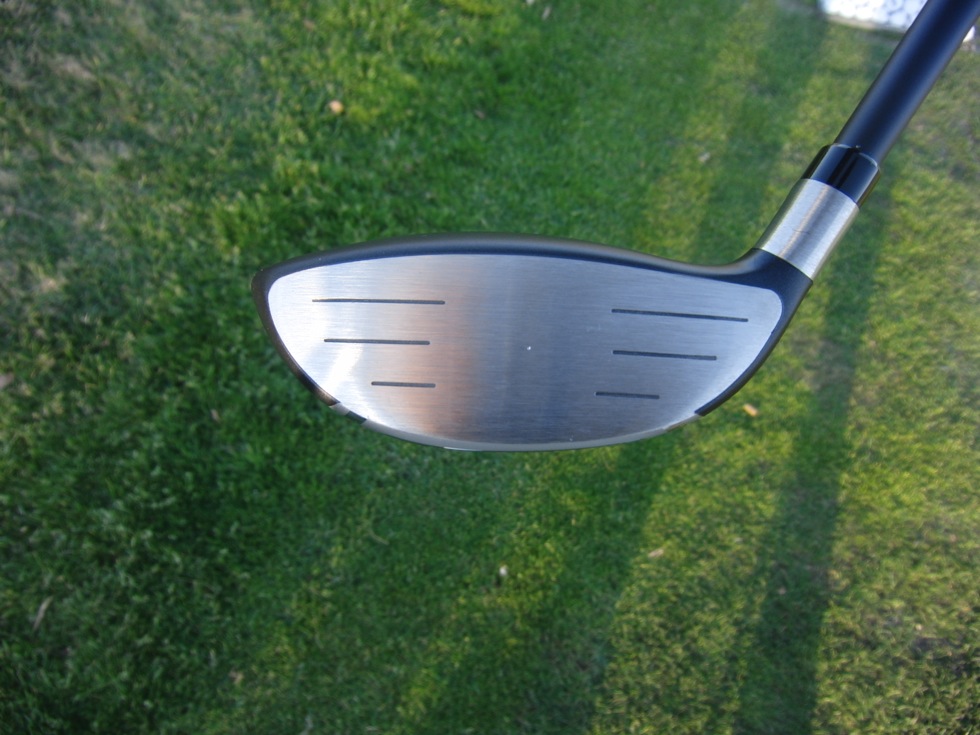
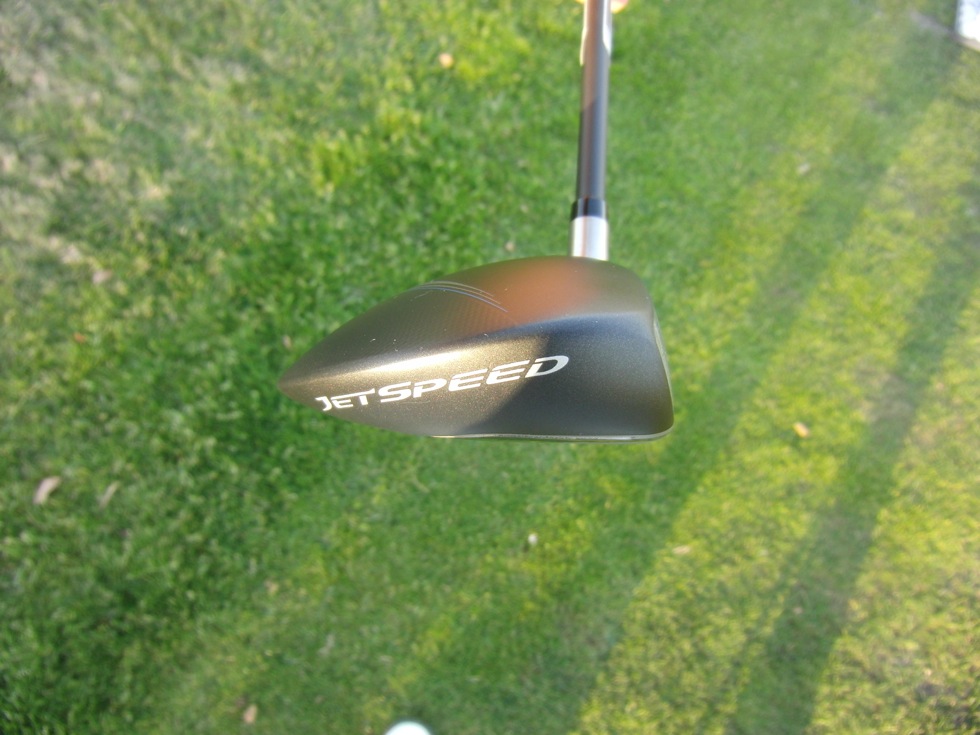
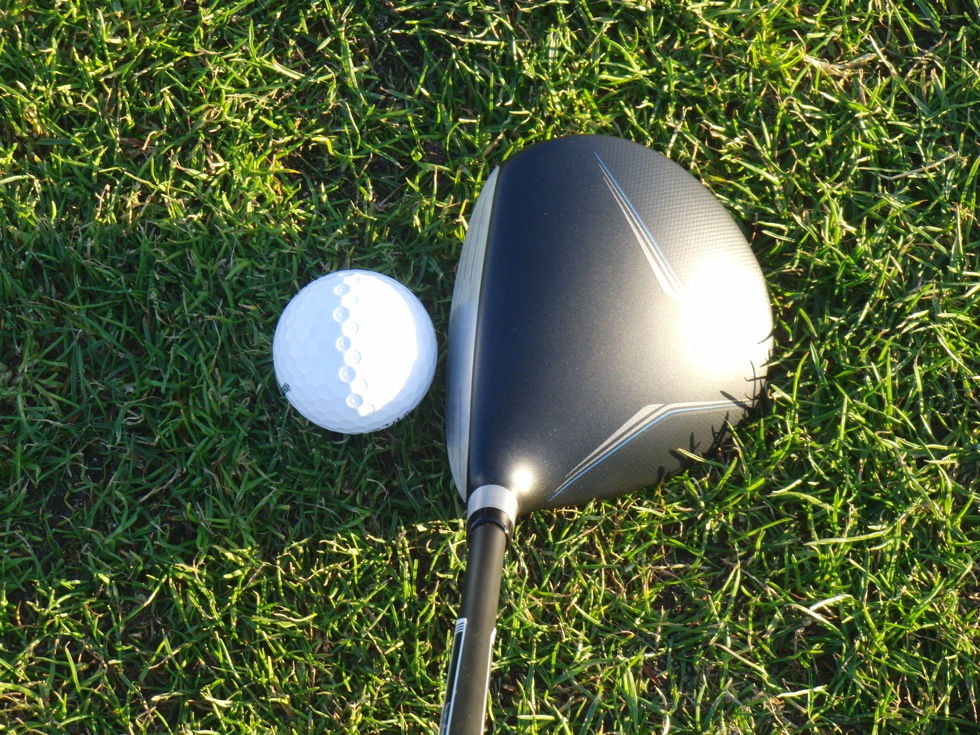
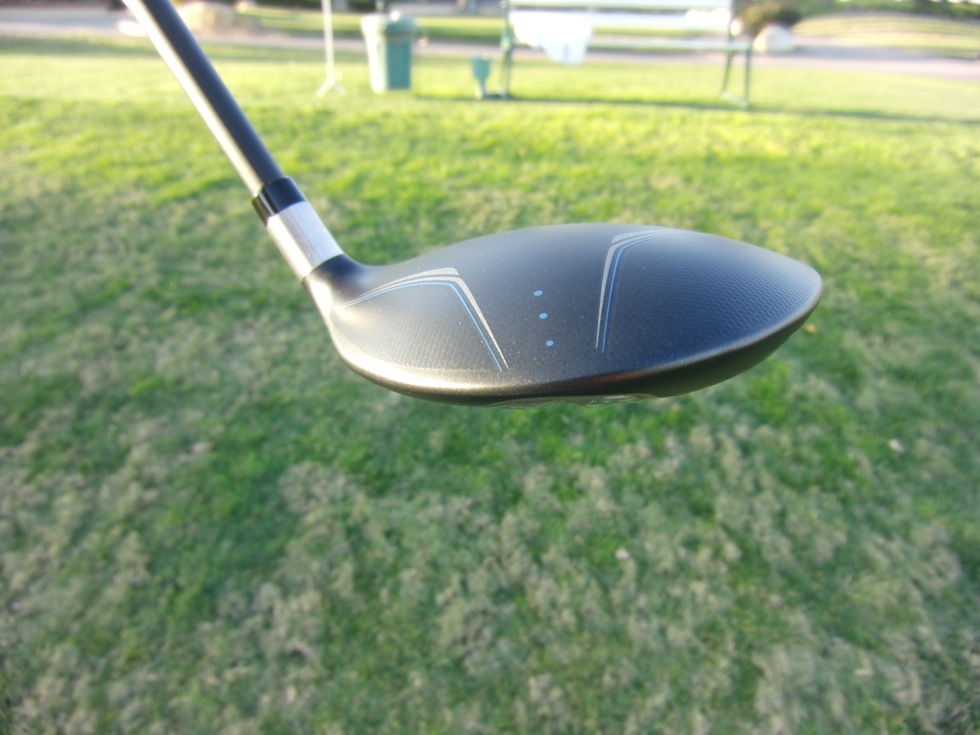
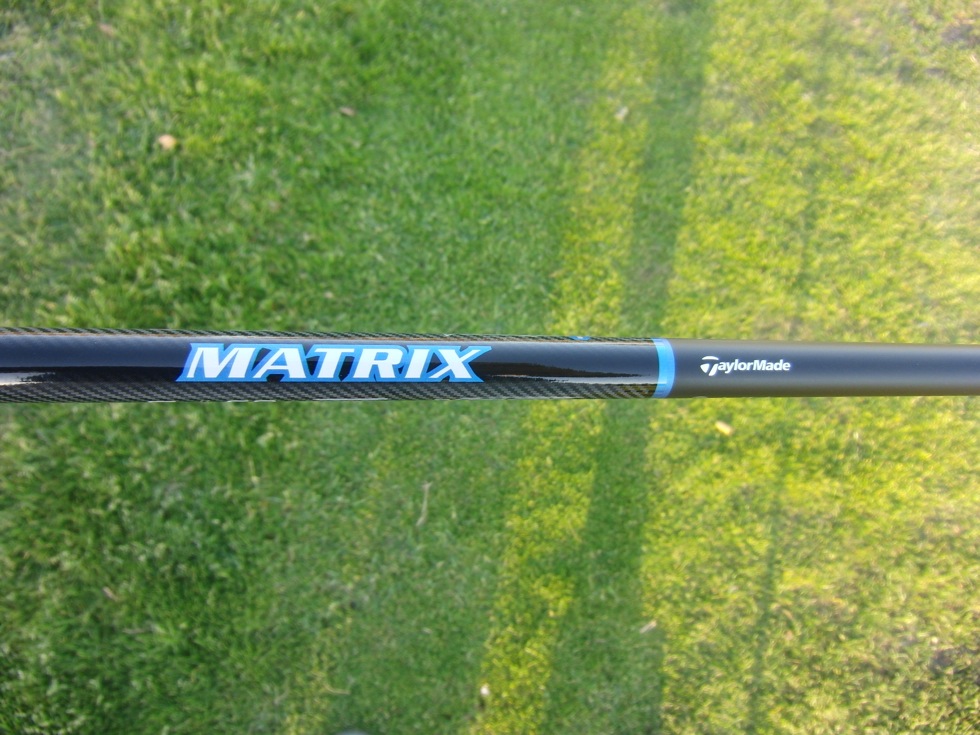
Thank you for the review.
Let’s harken back to the RBZ 1 and 2 — I think they were hype for the average amateur, who bought the hype. The shafts were too long, too soft, the head too deep, not versatile, but fine off the tee. Off the deck, I saw too many 12-20 cappers hit the 3 wood about 30 yards when club hit ground, and then ball.
Taylormade had record profits, but it did not translate to the course for Joe Golfer. But for Joe Golfer with 95+ driver swing speed, and some skills, I saw success off the deck.
And that is why I welcome the JetSpeed for the Average Joe, BUT only after you cut an inch off the butt of the shaft. The shafts are entirely too long.
TM needs two lineups.
For the Average Joe, the face could be more shallow. For guys with speed, it probably seems shallow.
For guys with skills and speed, certainly the SLDR is a logical choice. But for Average Joe Golfer, Jetspeed looks fine if you cut, cut, cut the shaft.
And if you’re Average Joe Golfer, I’d make certain to demo other clubs — there might be easier options out there.